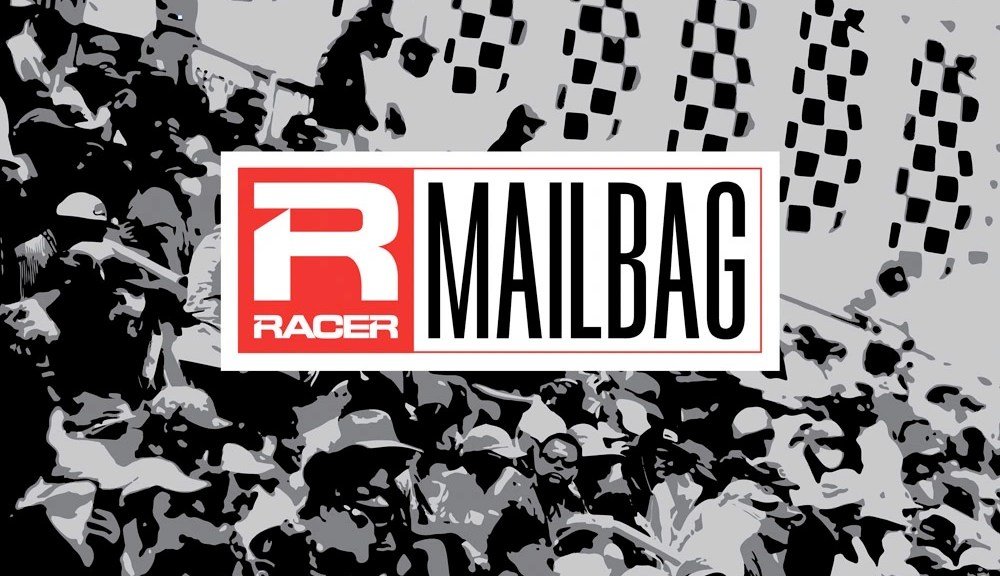Exploring the Current State of IndyCar: Challenges and Opportunities
IndyCar racing, a beloved motorsport in the United States, is currently facing a series of challenges that have sparked intense discussions among fans and analysts alike. As we delve into the concerns regarding the on-track action and overall excitement of the races, it becomes evident that several factors are influencing the current state of IndyCar.
One of the primary issues raised by fans is the perceived lack of overtaking during races. Many spectators have expressed disappointment at the limited number of significant passes on the track, particularly during street and road course events. The dominance of certain drivers, such as Alex Palou, has further fueled concerns about predictability in race outcomes. Fans are yearning for a more competitive environment where multiple drivers can vie for the championship.
A significant contributor to the current racing dynamics is the introduction of hybrid technology to the IndyCar series. While the hybrid system aims to enhance performance and sustainability, it has also led to unintended consequences. The added weight from the hybrid components has been linked to a decrease in overtaking opportunities. In essence, the hybrid system itself is not solely to blame; rather, it is the overall weight of the cars that is affecting their maneuverability and ability to compete for positions.
Another critical factor impacting racing performance is the tire compounds used in street courses. The softer tires tend to degrade quickly when pushed to their limits, forcing drivers to adopt a more cautious approach to preserve tire integrity. This situation often results in a lack of aggressive racing, as drivers prioritize tire conservation over daring overtakes. The same trend has been observed on road courses, where track surface conditions can lead to rapid performance drop-offs, further complicating the racing landscape.
One of the standout races this season occurred at Barber Motorsports Park, where both tire compounds were able to withstand the rigors of racing without significant degradation. However, the lack of performance differentiation between the tire compounds meant that strategic gambles were minimal. Without the element of unpredictability that comes with varied tire performance or caution periods, races tended to lack dramatic moments that typically engage spectators.
In contrast, while many overtakes may have occurred further back in the field, the absence of high-profile passing at the front detracts from the overall excitement of the race. Fans often equate memorable moments with significant actions—long passes, game-changing maneuvers, and thrilling finishes. Unfortunately, these highlights have been fewer and farther between in recent races, leading to a sense of monotony for viewers.
The combination of weight, tire performance, and the lack of caution periods has created a challenging environment for both drivers and fans. The hybrid systems, while well-intentioned, have altered the dynamics of racing in a way that has made it difficult for drivers to execute bold overtakes without risking a loss of control. This leads to a more conservative approach to racing, which, while safe, may not resonate as well with fans seeking excitement.
As concerns grow over the direction of IndyCar, some fans have turned their attention to other racing series, such as NASCAR. Recent comparisons have highlighted the excitement and competitive nature of NASCAR races, with more frequent lead changes and dramatic finishes that captivate audiences. In particular, the recent NASCAR event at Texas showcased a level of intensity and unpredictability that left many IndyCar fans yearning for a similar experience.
The contrast between the two series has prompted discussions about how IndyCar can enhance its product to compete effectively in the motorsport landscape. Penske Entertainment, which oversees IndyCar, must carefully evaluate its strategy moving forward. The organization has invested significantly in marketing and promoting the series, emphasizing driver personalities and the thrill of racing. However, the actual on-track product must also deliver on those promises to attract and retain fans.
The upcoming Indianapolis 500 remains a cornerstone event for IndyCar and a beacon of hope for the series. It is a critical opportunity for the organization to showcase the best of what IndyCar has to offer. However, there is a pressing need for Penske and its partners to address the current challenges to ensure that the excitement of the Indianapolis 500 resonates with fans.
To navigate these challenges, IndyCar must adopt a proactive approach to evolving its racing format and technology. This may involve reevaluating the impact of hybrid systems and considering adjustments to weight distribution, tire compounds, and race strategies. Engaging with fans to understand their perspectives and desires will also be crucial in shaping the future of the series.
Moreover, the potential for collaboration with manufacturers and partners can lead to innovative solutions that enhance the racing experience. By prioritizing fan engagement and addressing the core issues affecting race dynamics, IndyCar can position itself as a competitive and thrilling motorsport option.
In conclusion, the current state of IndyCar presents both challenges and opportunities for growth. While there are valid concerns regarding the on-track action and overall competitiveness, there is also a path forward. By focusing on enhancing the racing experience, IndyCar can strive to reclaim its place as one of the premier motorsports in the United States. The journey ahead may be challenging, but with the right strategies and fan engagement, IndyCar has the potential to rise to new heights.
